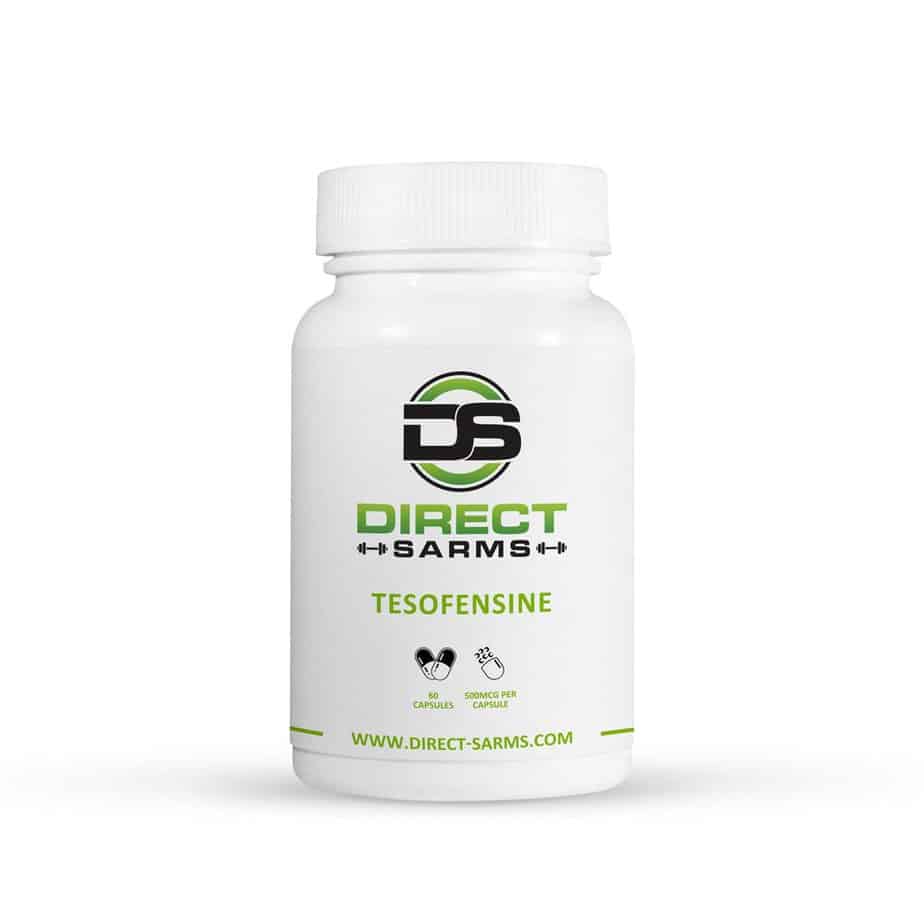
September 5, 2024
Tesofensine, An Unique Antiobesity Drug, Silences Gabaergic Hypothalamic Neurons
Tesofensine, An Unique Antiobesity Drug, Silences Gabaergic Hypothalamic Neurons Pmc This is a point of particular value in the assessment of glucagon-based tri-agonists that aim to exceed GLP1-- GIPR co-agonists, as glucagon is likely an agonist of decreased healing index relative to the two incretins. Next-generation discoveries are heavily affected by present scientific efficiency and constraints in our ability to efficiently equate artificial insemination and animal pharmacology to human experiments. High-dose semaglutide and tirzepatide are reporting continual reduction in body Click for more info weight of about 0.5 kg per week. This is an advancement efficiency relative to registered AOMs that begs the question of what the greatest following priority is, and whether we have the abilities needed to appropriately accomplish it. Clearly, added mechanisms of activity that can match the performance of these 2 drugs would be welcomed, but to record this requires significantly lengthy researches.- For that reason, pharmacological restraint of food intake supplies a bigger vibrant range and more instant impact on fat burning in rodents relative to humans.
- One of the most efficacious presently available treatment for weight problems, sibutramine, is able to elicit an average body weight loss of 4.45 kg over a 52 week period (Li et al., 2005) however is no longer readily available in Europe.
- A. It shows the efficiency of 4 rats in the sucrose discrimination job across sessions, shared as a percentage of right reactions.
- By dealing with the underlying causes of weight gain and weight problems, patients can shed and keep weight off.
- The system of action and application timetable of anti-obesity medicines are summed up in Fig.
Is tesofensine a stimulant?
Tesofensine is a prevention of noradrenaline, dopamine and serotonin reuptake that is additionally reported to indirectly stimulate the cholinergic system (Thatte, 2001) although the full information of its medicinal account are not commonly offered.
Tesofensine Decreased Feeding Actions Caused By Optogenetic Activation Of Lh Gabaergic Nerve Cells In Lean Vgat-chr2 Mice
Both these substances have very long elimination half-lives (e.g., 200 h), a postponed start of height plasma concentration (and presumed brain concentration), and have receptor kinetics identified by a slow-moving countered from the receptor. The outcomes observed with these compounds typify a number of the methodology and analysis problems seen with atypical energizers. Subjective and unbiased actions were examined for 48 h after each medication administration. The study results showed that the results of d-amphetamine were dramatically greater than those of placebo on all main and secondary subjective steps. The effects of tesofensine and GSK were not substantially various from those of placebo and were lower than those of d-amphetamine 30 mg on all main and most secondary steps. The effects of tesofensine were either less than or not different from those of bupropion or atomoxetine; a similar outcome was seen with GSK compared to pseudoephedrine.A Globally Annual Survey Of Brand-new Data In Unfavorable Medicine Reactions
In this tiny friend of grownups with hypothalamic weight problems, Tesomet did not generate any type of significant differences in heart price or high blood pressure contrasted to placebo. This suggests that co-administration of tesofensine and metoprolol can reduce the previously reported rises in heart rate and high blood pressure by tesofensine alone (31 ). A 2nd objective of this research study, in computer mice, is to characterize exactly how tesofensine targets LH GABAergic nerve cells to modulate feeding behavior. A third aim was to compare in lean rats the anti-obesity results of tesofensine with phentermine, an additional hunger suppressant that boosts dopamine efflux in the nucleus accumbens and also causes head weaving stereotypy [14, 15] The MC4Rrelated neural circuit in the hypothalamus is associated with food intake habits [70] The buildup of fats in adipocytes increases the secretion of leptin, a hormonal agent that induces the feeling of contentment. Leptin takes a trip to the hypothalamus through the blood and binds to the leptin receptor (LEPR) in neurons in the hypothalamus. When the LEPR signal pathway is turned on by binding with leptin, POMC is converted to alpha-melanocyte-stimulating hormonal agent (α-MSH; also called alpha-melanotropin). Α-MSH is produced to other neurons to trigger the MC4R signaling path, which causes a sensation of satiation that leads to minimized food intake.Tesofensine
Utilizing lean Vgat-ChR2 computer mice, we discovered that tesofensine reduces the feeding behavior generated by the optogenetic activation of LH GABAergic neurons (Fig 4). In addition, in Vgat-IRES-cre overweight computer mice, only a greater tesofensine dose can subdue optogenetically generated feeding, recommending that, during excessive weight, LH GABAergic nerve cells seem to be hypersensitized. On the other hand, the chemogenetic restraint of LH GABAergic neurons potentiates the anorexigenic effects of tesofensine (Fig 6). Our data is the first to demonstrate that tesofensine directly targets LH feeding circuits, especially silencing a part of GABAergic neurons, and triggering a still unknown cell kind (possibly a part of glutamatergic neurons). It leads the way to uncover far better means to improve the restorative impacts of tesofensine and possibly for various other cravings suppressants. The initial stimulant to be backed by the FDA for the therapy of excessive weight was methamphetamine in 1947 (United States Fda, 2012). 
Social Links
